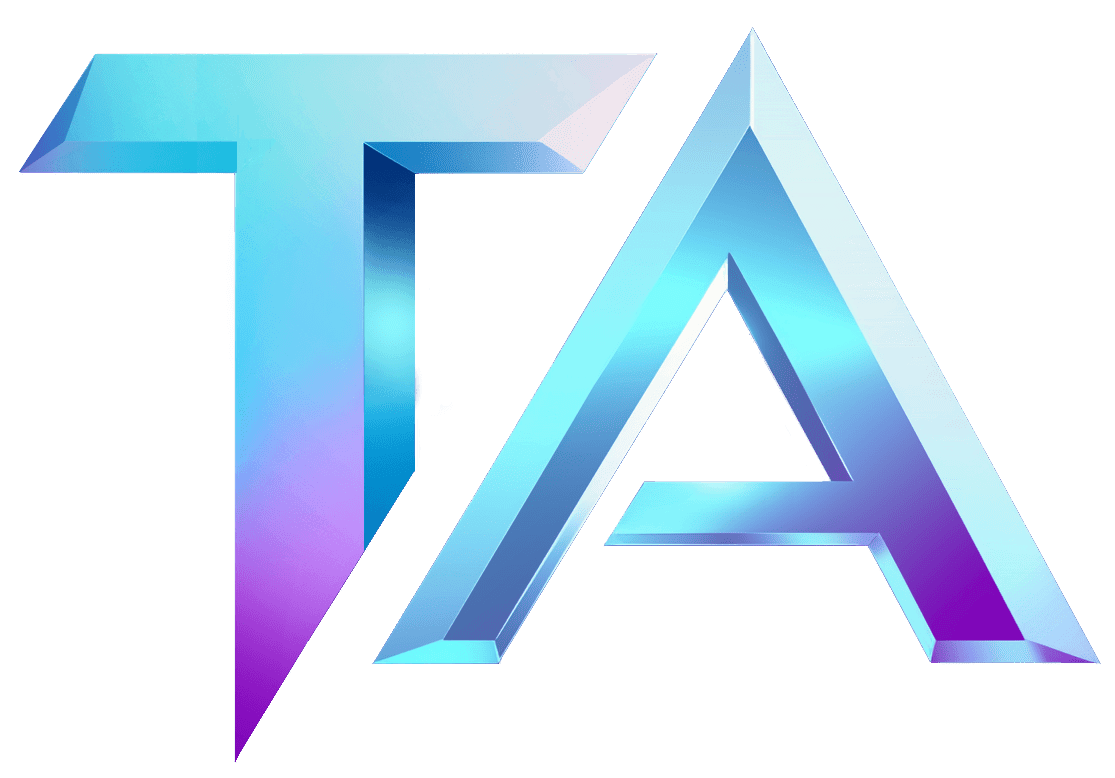Understanding the AD-AS Model in Star Atlas

Understanding the AD-AS Model in Star Atlas
At Titan Analytics, we aim to deepen your understanding of Star Atlas, an exciting universe combining space exploration and blockchain technology. In this article, we will explore the Aggregate Demand and Aggregate Supply (AD-AS) model and how it can be applied to the dynamic economy of Star Atlas.
What is the AD-AS Model?
The AD-AS model is a fundamental economic framework used to explain price levels and output in an economy. It combines two essential components: Aggregate Demand (AD) and Aggregate Supply (AS).
- Aggregate Demand (AD) represents the total demand for all goods and services in an economy at a given price level. In the context of Star Atlas, this can be viewed as the total demand for in-game assets, ships, and resources by players.
- Aggregate Supply (AS) reflects the total output of goods and services produced in the economy at a specified price level. In Star Atlas, this would encompass the total quantity of assets and resources that can be produced and supplied within the game universe.
Applying the AD-AS Model to Star Atlas
In Star Atlas, players engage in activities like mining, trading, and combat, all of which influence both supply and demand dynamics. Let’s break it down further:
-
Aggregate Demand in Star Atlas
- In-Game Purchases: When players buy ships, resources, or virtual land, it increases the Aggregate Demand. The more desirable an item, like an attack ship, the higher the demand, pushing prices up.
- Player Economics: Events and updates can also affect player engagement and, consequently, demand. More players entering the game generally lead to increased demand for in-game items and activities.
- Aggregate Supply in Star Atlas
- Production Capabilities: The ability to produce ships and resources depends on various factors such as technology, resource availability, and player skills. If production capabilities improve (due to better technology or more efficient player strategies), Aggregate Supply increases, potentially lowering prices if demand remains unchanged.
- Resource Scarcity: If certain resources become scarce—due to mining limits or competition—production slows, resulting in a decrease in Aggregate Supply. This can elevate prices, creating a dynamic interplay between supply and demand.
Equilibrium in Star Atlas
The interaction between Aggregate Demand and Aggregate Supply helps determine the overall economic equilibrium in Star Atlas. When demand equals supply, prices stabilize. If demand exceeds supply, prices rise, incentivizing producers to increase supply. Conversely, if supply outstrips demand, prices will decrease, prompting producers to cut back.
Conclusion
Understanding the AD-AS model enriches your comprehension of economic dynamics in Star Atlas. By keeping an eye on both Aggregate Demand and Aggregate Supply, players can better navigate the complexities of the game’s economy, making informed decisions about when to buy, sell, or invest.
For more insights, analytics, and data tailored to Star Atlas, visit us at Titan Analytics Star Atlas data modules. If you have any questions or need assistance, feel free to reach out via Contact Titan Analytics. Happy exploring in the universe of Star Atlas!




